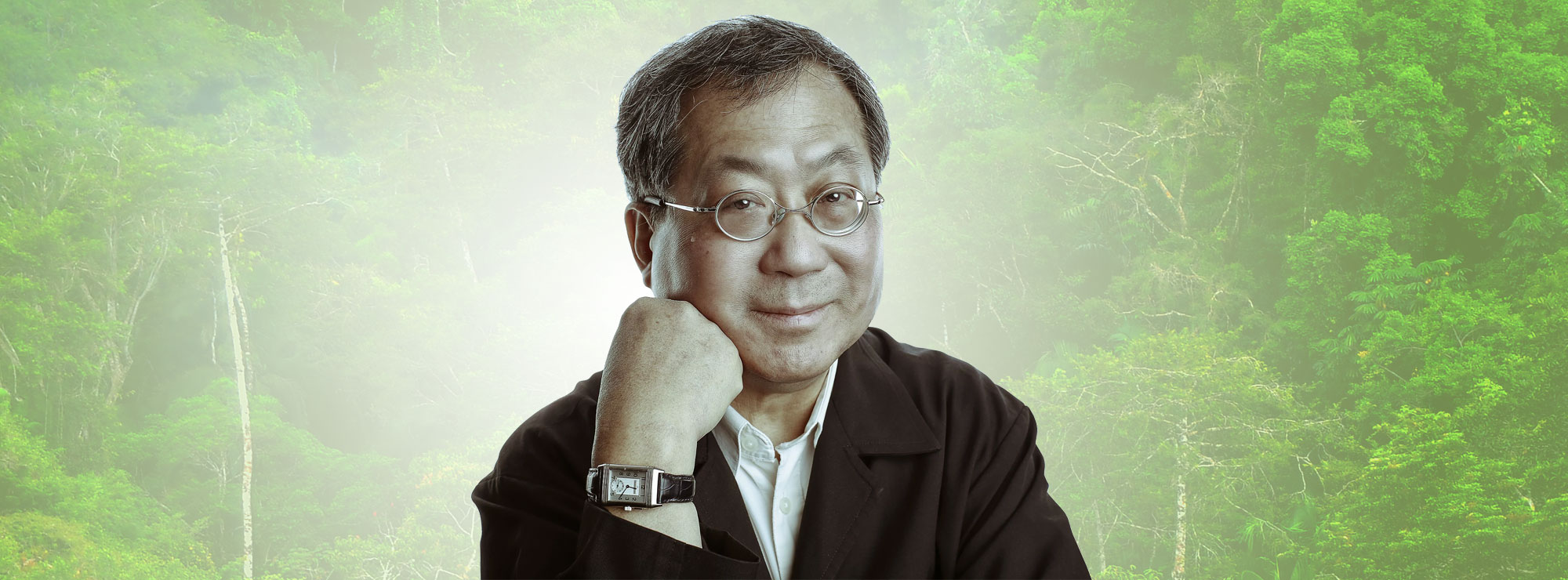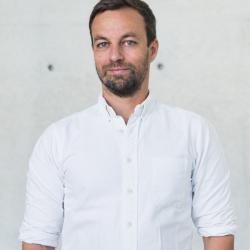Nikola: You have been observing the changes in the sustainability and green design, and its applications in architecture for quite some time. What is your impression of the progress? What do you consider positive and what negative in its recent history?
Ken: Many designers today are familiar, well-informed and advanced in sustainable green design as is currently practiced. Many will have gained in-depth knowledge from working with green rating systems, such as LEED, BREEAM, or Green Mark. Some designers after having delivered several high accreditation rated buildings and masterplans, question whether just meeting the accreditation criteria is all there is to green design? It became apparent upon evaluation that just delivering a multitude of high certified green buildings in an urban conurbation is inadequate. Such action contributes only incrementally to reducing the built environment’s environmental impacts as for instance, these ‘green-rated’ buildings remain connected to the existing city’s urban infrastructural systems and grid with all their associated ongoing environmental impacts where for example, the infrastructures’ source of energy comes from the polluting burning of fossil fuels. These designers ask ‘what’s next?’ beyond accreditation, seeking guidance on how to take green and sustainable design further. The proposition here is that the solution lies in an ecology-based approach.
Some designers after having delivered several high accreditation rated buildings and masterplans, question whether just meeting the accreditation criteria is all there is to green design?
An example of the inadequacy of existing design approach is the macro-regional scale of ecological design in the ‘ecological land use planning’ technique (Footnote – in McHarg, Ian (1967) in ‘Design with Nature‘’) that provides clear planning direction to where we can locate structures and permit selective human activities on pristine and semi-pristine landscapes with minimal impact on their ecology. However, the technique does not at the meso nor at the microscale adequately informs ‘how’ to design and to build the urban infrastructures and built systems. Simply land use planning design that responds to a given site’s ecological conditions and the ecosystem properties of its locality do not go far enough. The need then is for ecological design to extend beyond the understanding of the site’s and the planet’s ecological conditions. Ecological design needs to define what attributes that the built structures should have and how it should function to become ecologically compatible systems that support and restore those very ecosystems in everything we do.
Nikola: Who do you think are the stakeholders in sustainability and green design? And are these stakeholders doing everything they can?
Ken: A resilient, durable and sustainable future affects everyone and all must be concerned and take concerted action irrespective of geography or culture.
Nikola: How do you see the future of sustainability and green design in architecture? What are the major changes which will happen or must happen?
Ken: Designing for sustainability starts with changing society’s ideology which then determines the social-economic-political systems that society creates for itself, which then influences the physical systems being its human-made world that it designs and makes for itself and which has detrimental or positive consequences on nature. The physical systems being the built environment is the last in this order of transformation. All these three aspects must be transformed: society’s ideology, society’s social-economic-political systems, humanity’s physical systems being its human-made world and its built environment.

Links:
KenYeang.com
T.R. Hamzah & Yeang
Ken Yeang Wikipedia article
50 people who could save the planet, The Guardian

